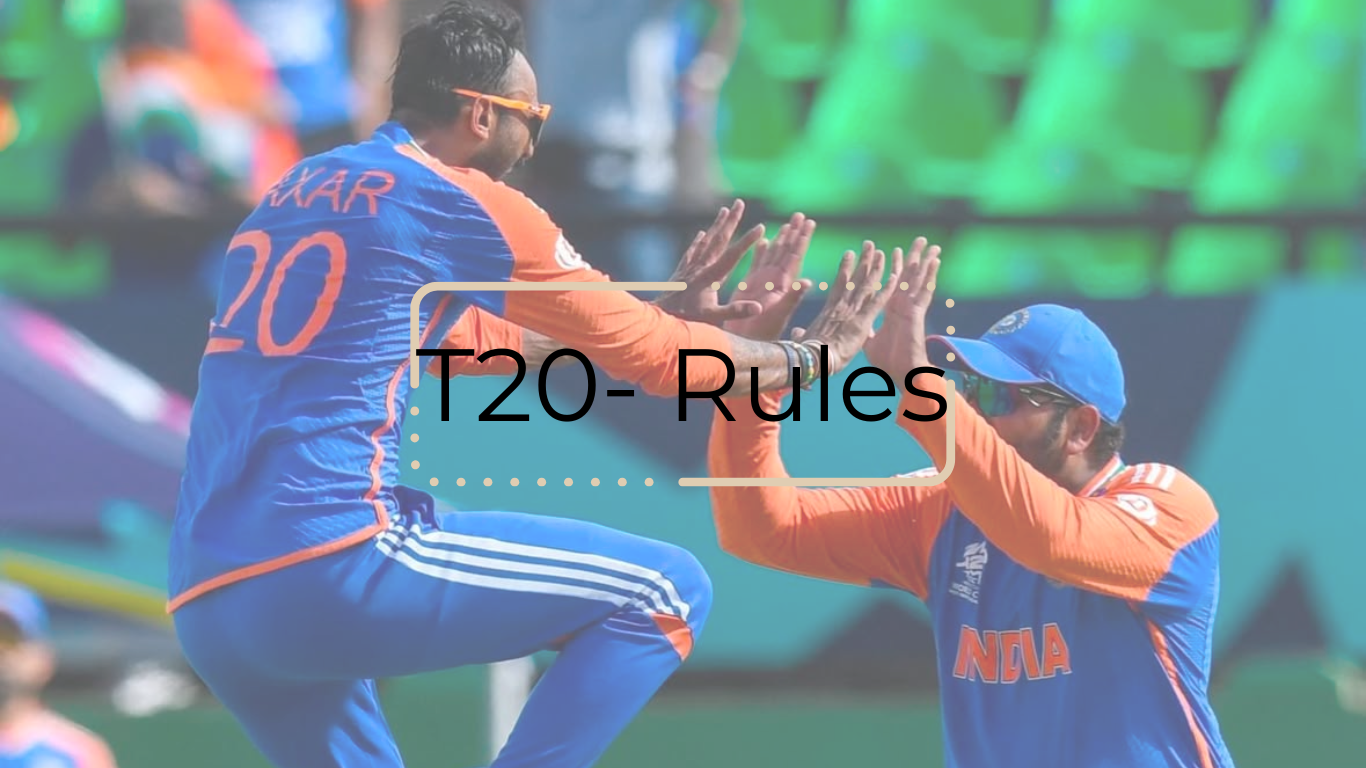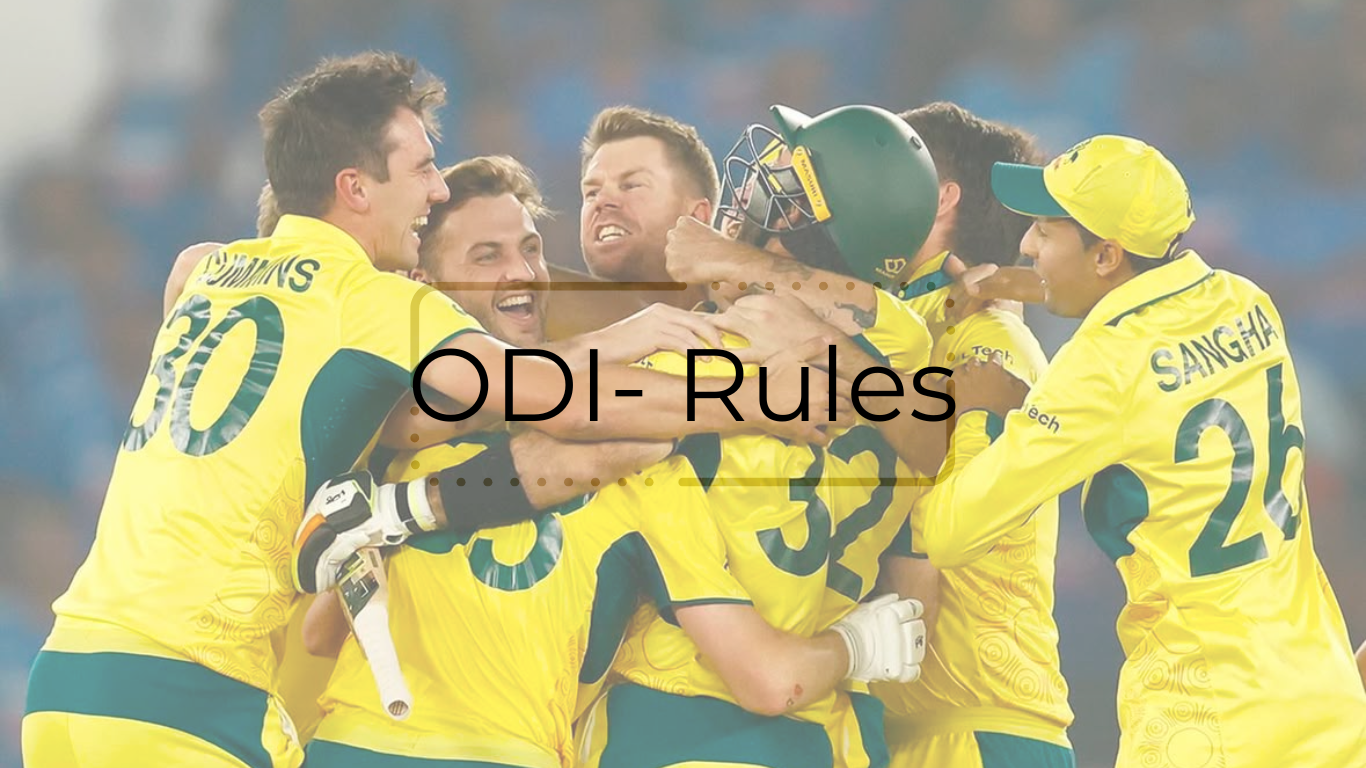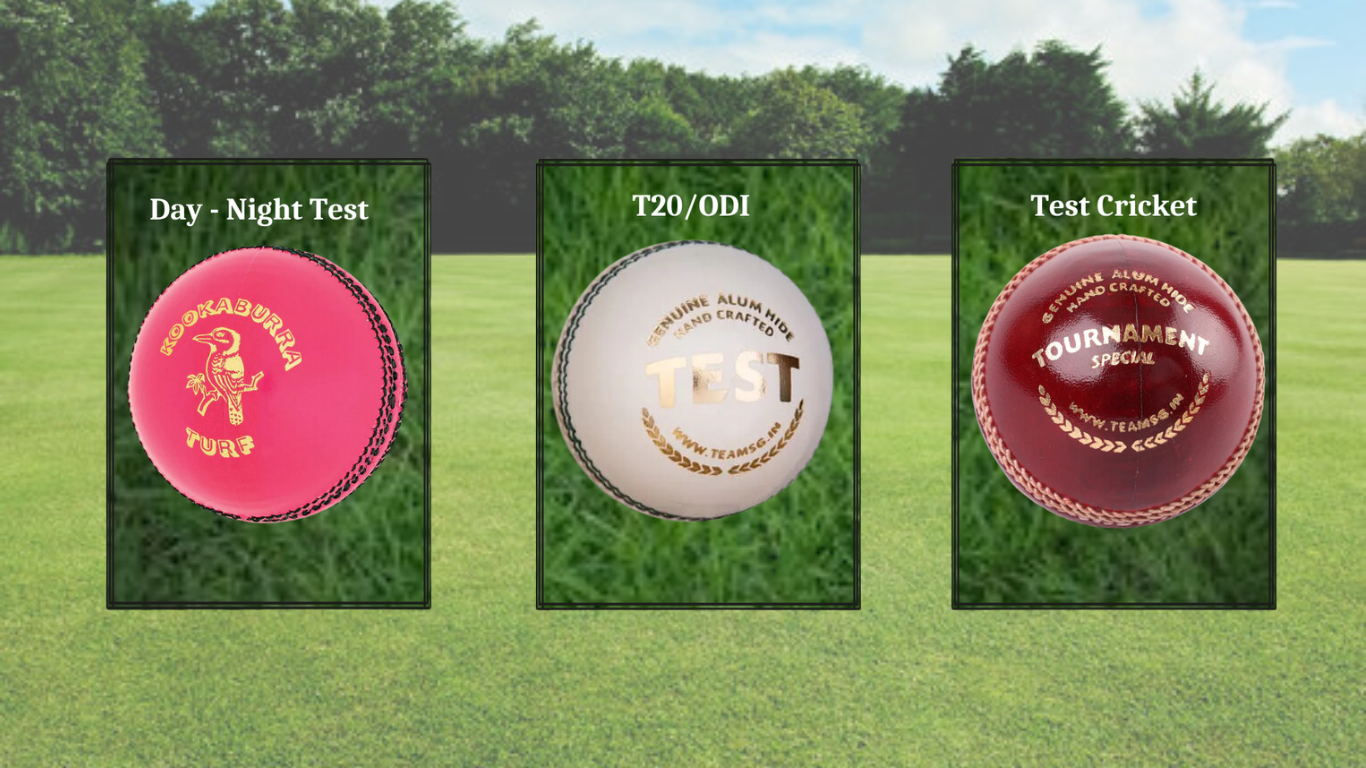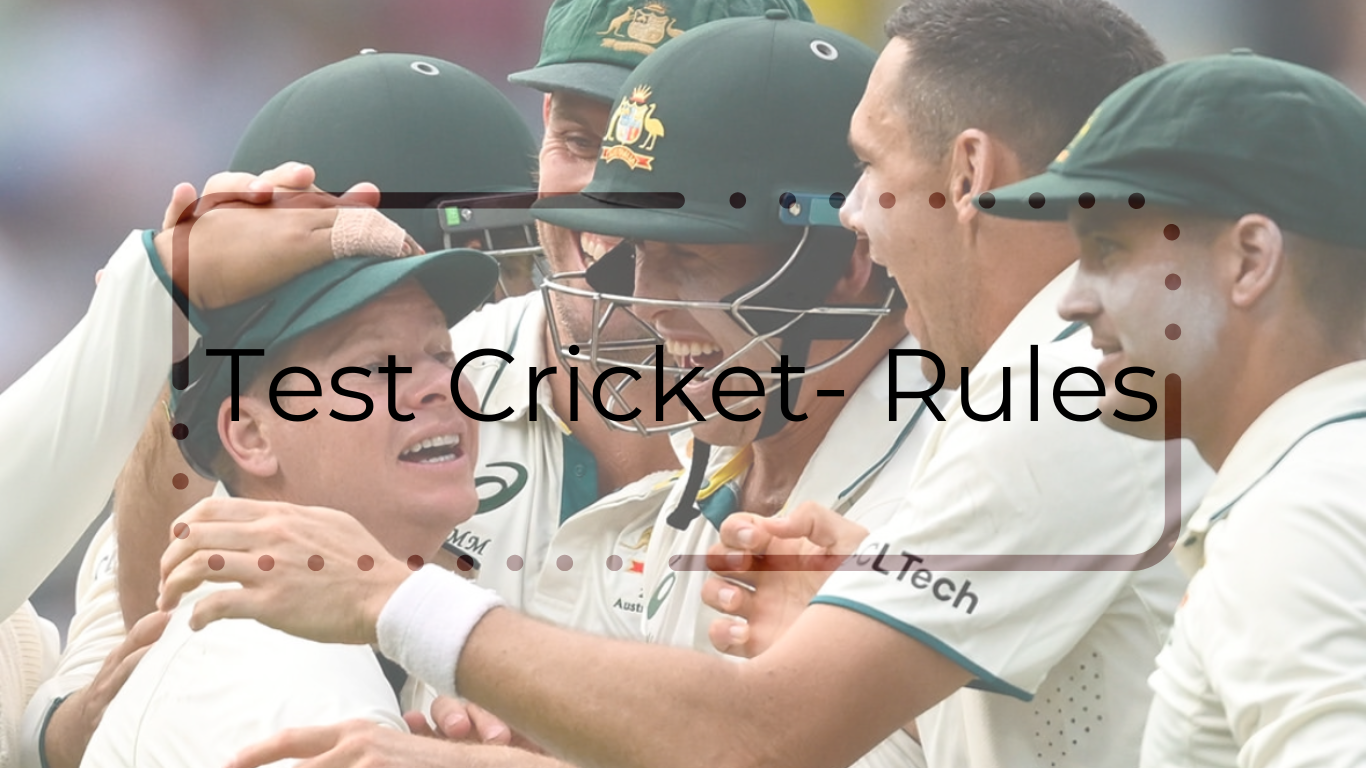Rules of Cricket in T20 format, known for its fast-paced and exciting nature, follows specific rules and guidelines set by the International Cricket Council (ICC). These rules aim to ensure fair play and maintain the Spirit of Cricket, emphasizing respect, discipline, and enjoyment of the game.
1. Players and Teams
- Each team consists of 11 players and up to 4 substitutes, nominated before the match.
- Substitutes can only field, not bat, bowl, or keep wickets unless in specific cases like concussion replacements.
- Captains are responsible for ensuring players adhere to ICC’s codes of conduct and other regulations.
2. Match Setup
- A match is played over a maximum of 20 overs per side.
- The duration of an innings is approximately 85 minutes, with penalties for slow over rates.
- Teams must adhere to powerplay restrictions, where only two fielders are allowed outside the 30-yard circle during the first six overs.
3. The Pitch and Equipment
- The pitch is 22 yards long, with specific markings for creases and boundaries.
- Equipment, including bats, balls, and player attire, must meet ICC standards.
4. Umpires and Scorers
- Two on-field umpires officiate, with support from a third umpire (video-assisted) and a match referee.
- Umpires have the final authority on decisions, supported by technology such as the Decision Review System (DRS).
- Each team is allowed one unsuccessful review per innings.
5. Batting and Bowling
- Each bowler is limited to 4 overs per match.
- A batsman is dismissed in various ways, including being bowled, caught, leg-before-wicket (LBW), run-out, or stumped.
- A “no ball” results in a free hit, offering the batter an additional scoring opportunity.
6. Scoring Runs and Boundaries
- Runs are scored by running between wickets or hitting boundaries. A ball crossing the rope scores 4 runs, while one clearing the boundary without bouncing scores 6 runs.
- Extras such as wides, no balls, and byes also contribute to the score.
7. Fielding Restrictions
- During powerplay overs, fielding restrictions limit the placement of fielders outside the 30-yard circle.
- For the rest of the innings, a maximum of five fielders can be outside the circle.
8. Dead Balls and Fair Play
- The ball is deemed “dead” in specific scenarios, such as when it’s stationary or after a significant interruption.
- Actions like obstructing the field or time-wasting are considered unfair play and may lead to penalties.
9. Result Determination
- The team with the higher score at the end of 20 overs wins.
- In tied matches, a Super Over decides the winner. If the Super Over also ties, the result may depend on boundaries scored.
- Rain-affected matches use the Duckworth-Lewis-Stern (DLS) method to calculate target scores.
10. Player Conduct
- Players must uphold the Spirit of Cricket, showing respect towards teammates, opponents, and officials.
- Penalties, including suspensions, apply for misconduct such as abusive language, dissent, or excessive appealing.
These simplified rules of cricket – T20 format provides a foundation for understanding the game’s mechanics. Whether you’re a player, fan, or newcomer, these guidelines ensure clarity and enjoyment of the sport. Cricket remains a game that thrives on skill, strategy, and sportsmanship.
Source : ICC handbook
FAQs
How long is the innings break in T20?
The innings break in T20 cricket is typically 15 minutes long, as per ICC rules. This break allows players to rest, strategize, and prepare for the next half of the match. It also gives time for broadcasters to air advertisements and engage with the audience.
How many overs can be bowled in T20?
In T20 cricket, each team can bowl a maximum of 20 overs. Each bowler is allowed to bowl a maximum of 4 overs in a match. This limit ensures fairness and encourages the use of multiple bowlers.
How many wickets are in T20?
In T20 cricket, each team has 10 wickets to lose during their innings. The batting team is considered “all out” if all 10 wickets fall before completing 20 overs. Losing a wicket means a batsman is dismissed, and another player from the team comes in to bat. This makes it crucial for teams to balance aggressive scoring with preserving wickets.
Why are 6 balls in one over?
There are 6 balls in one over because this standard was set by cricketing authorities to balance the game between bowlers and batsmen. It allows bowlers to maintain focus and consistency while giving batsmen opportunities to score. Historically, the number of balls per over varied, but 6-ball overs became the universal standard in 1979.
Who scored the most runs in T20?
In T20 International (T20I) cricket, Rohit Sharma holds the record for the most runs, having scored 4,231 runs in 151 innings as of December 2024. In overall T20 cricket, which includes both international and domestic matches, Chris Gayle leads with 14,562 runs in 455 innings.
How many stumps are there in total?
In cricket, there are 3 stumps at each end of the pitch, one for each set of wickets. A wicket consists of 3 stumps and 2 bails. So, in total, for both ends of the pitch, there are 6 stumps used in the game.
Read More about Rules of cricket – ODI Format: Click Here
Read More about Rules of cricket – Test Cricket: Click Here




One thought on “Rules of Cricket – T20 Format”